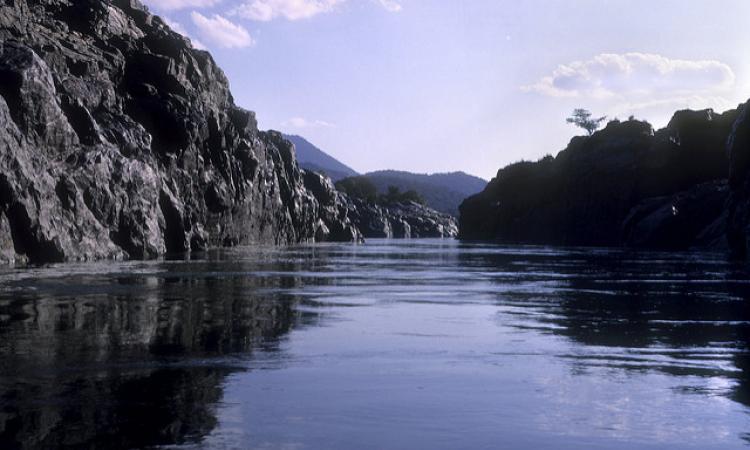
Activists stand up against Mekedatu project under the noted activist Medha Patkar
In what is becoming an increasingly contentious issue, many activists and environmentalists oppose the construction of the Mekedatu reservoir-and-drinking water project in Karnataka.
The project, which is estimated to generate 400 MW of power and supply 4.7 tmcft of water for drinking and domestic needs in the state, in particular Bengaluru, will submerge 4,996 hectares and require 5,252.40 hectares for its construction. It includes 3,181.90 ha of Cauvery Wildlife Sanctuary and 1869.5 ha of reserve forest land which is home to elephant migratory routes.
Although all the major political parties support the project, activists like Medha Patkar are raging against it and questioning its equitability. (Hindustan Times)
UP’s Sukwa Dukwan dam tagged as a World Heritage Irrigation Structure
Sukwa-Dukwan dam has been recognized as a World Heritage Irrigation Structure by the International Commission on Irrigation and Drainage (ICID). An over 100-year-old British-era engineering marvel, the structure boosted agriculture and economic development in the water-stressed Bundelkhand region.
The dam was chosen because it qualifies as a structure built more than a century ago and the features remain unchanged and are still serving the purpose for which it was constructed.
Built in 1906, it has a capacity of more than 2 lakh hectares every year. The weir serves irrigation and drinking water needs of Jalaun, Jhansi and some parts of Hamirpur districts. (The Times of India)
NGT directs Uttarakhand government to ensure no untreated waste is discharged into the Ganga river or its tributaries
Uttarakhand government must ensure there is no discharge of untreated waste into the Ganga river or its tributaries, the National Green Tribunal ordered.
Furthermore, the tribunal has ordered that adequate arrangements be made for setting up sewage treatment plants and all towns and villages along the Ganga Bank must follow the septage protocol as well as the norms applicable to flood protection zones.
The NGT has also asked the state to create an awareness programme as well as a monitoring cell at each municipal level to ensure that no untreated waste is discharged into the Ganga river. The directions were issued following a petition filed by Vipin Nayyar against the Rishikesh Municipal Corporation for constructing toilets illegally on the flood plain zone and discharging untreated waste into the Ganga. (The Print)
Pune mandates the use of treated water for construction
Pune Municipal Corporation is the first municipality in India to mandate the use of treated water for construction sites instead of using groundwater or potable water. Although the builders have welcomed the move, they have pointed out some practical and logistic issues like tanker availability, water quality, transport cost and storage at site.
With a positive attitude, the civic body is willing to address the practical problems faced by builders and supply the treated water free of charge except for transportation costs.
PMC has five to six times more treated water capacity than construction demand, and moving forward, tanker owners will be asked to paint treated water tankers in different colors. (Hindustan Times)
In an effort to save old trees, tamarind and neem trees in north Karnataka were granted biodiversity heritage tags
Under Section 41(1) of the Biodiversity Act 2002, the Biodiversity Management Committee, Byadagi has declared the 1.4 km stretch of the Byadagi-Motebennur road in Haveri, Karnataka, a Conservation Habitat of Tamarind & Neem trees Biodiversity Heritage Site.
Forest officials claim it's a first of its kind move in north Karnataka to protect 92 trees on both sides of the state highway, 77 tamarind trees and 15 neem trees. Not only did the tag take into account that the trees are century old, but also the ecological, cultural, and historical aspects of these trees.
The trees provide shelter to wildlife, carbon sequestration, release of oxygen, shade, soil conservation and creation of microclimate. With the heritage tag, these trees will also be protected from being felled for development. (The Times of India)
This is a roundup of important policy matters from January 4 – 17, 2022. Also, read news this fortnight.